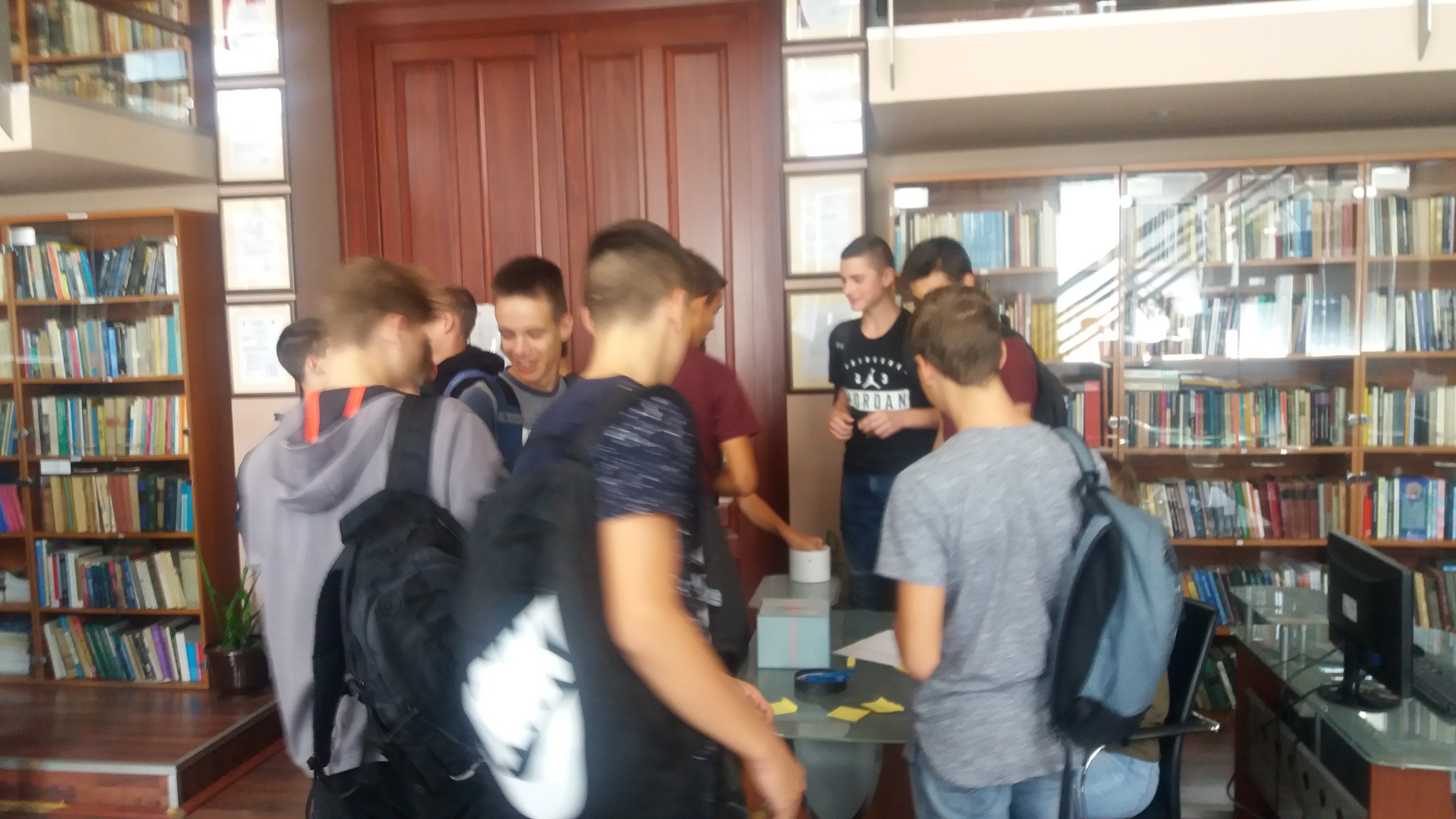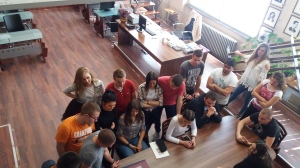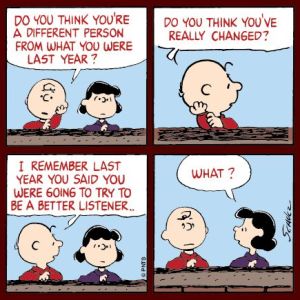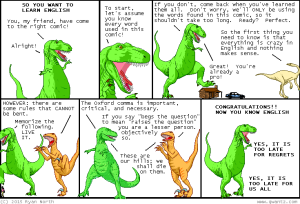
English is an international language of aviation. Pilot/ Controller communication in international flights is generally in English used as a lingua franca (Crystal, 2003; Seidlhofer, 2004): it allows dialogue between a controller and a pilot who do not necessarily share the same first language.
Barbara Seidlhofer, a linguist at the University of Vienna, who has studied and written extensively on using English as a lingua franca, explains ELF as:
“any use of English among speakers of different first languages for whom English is the communicative medium of choice, and often the only option.”
Seidlhofer (2004) points out that ELF has a number of characteristics that distinguish it from the native-speaker standard. It is characterized by the frequent use of accommodation strategies to resolve misunderstanding. Successful English as a lingua franca communication is, according to the findings of Seidlhofer’s analyses, “overtly consensus-oriented, cooperative and mutually supportive.”
Mitsutomi and O’Brien (2003) link aviation English to Kachru’s (1992) description of the three circles of English users. These users come from the inner circle (countries such as the UK, the United States of America (USA), Australia etc., which are considered to be English speaking countries), the outer circle (countries such as Nigeria, India, the Philippines etc., where English is widely used but shares official or unofficial language status with languages other than English) and the expanding circle (just about everywhere else in the world). The users of English that form the outer and expanding circle greatly outnumber those users from the inner circle and therefore there is the vast number of types of legitimate English and the wide variety of contexts in which they appear. In this sense, people who speak English as their first language might also be present in ELF interaction, but they would more than likely be in the minority.
According to ICAO (2010), “Native speakers may be perceived as the ‘owners’ of a language through whom ultimate standards for proficiency are set”. However, ‘native speakers may lack the vocabulary to discuss certain themes or may speak with a regional accent that is an impediment to intelligibility for those from outside that region. They may fail to take into account or use appropriate sociolinguistic differences in register. They may be inefficient users of the language in terms of their pragmatic competence.’
Recent findings suggest that responsibilities for ATC communication problems are distributed across NES and NNES users. Many researchers have cited the risk to aviation safety posed by native English speakers’ non-adherence to ICAO phraseology, frequent use of jargon, slang, nonstandard phraseology, and overreliance on plain language (Bieswanger 2013; Moder 2013; Prinzo & Hendrix 2009, Kim & Elder 2009).
The recent research, commissioned by the UK Civil Aviation Authority and carried out by linguist Dr Barbara Clark, examines reports of language-related miscommunication incidents. The core of the issue, the report CAP 1375 (2017) reveals, is that Aviation English is a lingua franca, and native English speakers who fail to comply with its standards can be just as dangerous as non-native English speakers.
“The study into 267 reported incidents over 18 months says that misunderstandings in English between air traffic controllers and flight crew have caused pilots to follow the wrong departure procedures or fly their aircraft too close to each other. These errors could have led to catastrophic accidents, and UK news organisations are right to be alarmed. But most relegated to just a sentence or two one of the study’s main findings: British pilots and air traffic controllers “play a significant part in language-related miscommunication”. Large chunks of the 91-page report, commissioned by the UK Civil Aviation Authority, says that while foreign pilots and controllers need to improve their English, so do their British counterparts.” [Foreign pilots are failing at English — but so are the Brits – https://www.ft.com/content/c4012d50-186b-11e7-a53d-df09f373be87%5D
English-speaking pilots and controllers also cause problems by speaking too fast, especially under stress, and by failing to establish that non-English speakers have heard numbers correctly, the report says. The CAA report says native English-speaking and non-native pilots and controllers all need training in simplifying their speech and avoiding redundant information. According to Dr Barbara Clark, both native and non-native English speakers should undergo the same training and testing.
“Both native and non-native English speakers must accept responsibility for their utterances, and ensure that they are speaking as clearly and concisely as possible,” the report says. “Lack of precision can cause misunderstanding even between native English speakers.”
*******************
In 2003, International Civil Aviation Organisation (ICAO) adopted the recommendations of the Proficiency Requirements in Common English Study Group (PRICESG) regarding minimum language proficiency requirements. ICAO announced that all of its member states’ pilots and air traffic controllers must reach an ICAO Operational Level 4 by 2008. This deadline was then extended to 2011.
ICAO established a language proficiency rating scale delineating six levels of language proficiency ranging from Pre-elementary (Level 1) to Expert (Level 6) across six areas of linguistic description: Pronunciation, Structure, Vocabulary, Fluency, and Comprehension & Interactions.
In 2009, ICAO explicitly states that teaching in Aviation English must “focus on speaking, listening, and interactive skills” because spoken communications are the essential way of pilots and ATCOs exchanging information. To ensure therefore that these skills were targeted in the teaching of Aviation English, ICAO (2009: 2) mandated that a “communicative approach” must be adopted.
In spite of the growing research interest in the use of English as lingua franca (ELF) (e.g. Seidlhofer 2004; Jenkins 2000, 2007), the widespread use of English as the language of aviation has seldom been characterized in ELF terms. The ICAO language testing policy focuses only on language proficiency of the non-native English speaking pilots and controllers, while native English speakers are frequently automatically granted or assessed at ICAO Level 6 (CAA, 2007). However, a core part of the training of all pilots and controllers, whether native or non-native, should surely involve training in the use of communication strategies to facilitate successful and efficient communication with speakers from diverse language backgrounds.
The focus of the training should also be on the core features of pronunciation (Jenkins 2004). Laura Patsko (2013) explains that “Jenkins’ suggestions regarding pronunciation teaching for the lingua franca core (LFC) – a list of pronunciation features which appear to be crucial to produce accurately in order for ELF communication to be intelligible”, in short are:
- Most consonant sounds + one vowel (/ɜː/)
- Preservation of most consonant clusters
- Vowel length (especially before voiced/unvoiced consonants)
- Appropriate word grouping and placement of nuclear stress
(Please find more about the Lingua Franca Core (LFC) on ELF Pronunciation blog: What is the Lingua Franca Core , Laura Patsko 2013)
There are millions of people around the globe who are effectively communicating with one another in accents of English which could not be considered ‘native’. However, various accents can affect clear and concise communication between pilots and controllers, resulting in excessive time on radio frequency, loss of situational awareness, and added stress. Because NES pilots and controllers are going to encounter and interact with speakers whose native language is not English, it is very important that they are well-trained and prepared to attune their ears to the range of accents that they will encounter during their flying career.
In a recent series of blog posts on teaching pronunciation in Post-ELF (2018), Mark Hancock points out:
“The implication is that we see pronunciation teaching as strategic – as empowering students to modify their speech to suit the situation, and helping them to be more flexible in terms of understanding the variety of speech they will hear. All of the features that pronunciation teachers have traditionally taught can be recast and evaluated in this light: as ways of increasing the students’ capacity to accommodate.”
Focusing on the process of understanding and making yourself understood in varying global contexts and teaching various accommodation strategies should be the main goals according to Hancock.
“We now have an asymmetry between productive and receptive pronunciation. Each speaker will have their own accent (or range of accents) in English, and each in turn must learn to tolerate, receptively, the differing accents of their various interlocutors” (Post-ELF 5: Beyond Dogma and Denial, Mark Hancock 2018).
English language courses for pilots and ATCOs should be designed with a focus on:
- Practising intercultural communication skills: being tolerant of others as they engage in communication tasks (e.g. paraphrasing of utterances when these are found to cause problems of comprehension)
- Practising such strategies which include simplification of speech and avoidance of redundant information
- Practising core features of pronunciation that need to be mastered for mutual intelligibility between English users from different native language backgrounds
- Practising to understand different accents heard in English: non-native English-speaking accents that pilots are most likely to encounter during their flight, and also so-called ‘native’ varieties
- Addressing variations in intonation, rhythm, and pauses that native and nonnative English speakers have
As part of their training, pilots and controllers should also be provided with a deeper insight into the structures of language and the way that phrases and words can be misinterpreted. They must be aware of, and practise to avoid some common types of linguistic errors that can be caused by such linguistic phenomena as: ambiguity, homophony, synonymy, code switching, etc.
References & Further Reading:
Jenkins, J. 2001. The Phonology of English as an International Language. 2nd ed. Oxford: Oxford University Press.
Seidlhofer, B. 2004. ‘Research Perspectives on Teaching English as a Lingua Franca’, Annual Review of Applied Linguistics, 24, pp. 209–39. Cambridge: Cambridge University Press.
Seidlhofer, B. 2011. Understanding English as a Lingua Franca. 1st ed. Oxford: Oxford University Press.
Clark, B. 2017. Civil Aviation Publication (CAP) 1375, Aviation English Research Project: Data analysis findings and best practice recommendations
https://publicapps.caa.co.uk/docs/33/CAP1375%20Mar17.pdf
ICAO Document 9835: Manual on the Implementation of the Language Proficiency Requirements. Montreal 2010. International Civil Aviation Organization.
https://www4.icao.int/aelts/uploads/icao%20doc9835%202nd%20edition.pdf
Cir 323, Guidelines for Aviation English Training Programmes. 2009.
https://www.icao.int/safety/lpr/Documents/323_en.pdf
Aviation English Hub (Natalia Guerreiro’s blog) – Aviation English Reference List
https://aviationenglishhub.wordpress.com/
PronPack (Mark Hancock’s blog) – Post-ELF 5: Beyond Dogma and Denial (2018)
http://pronpack.com/post-elf-5-beyond-dogma-and-denial/
ELF Pronunciation (Laura Patsko & Katy Simpson’s blog) – What is the Lingua Franca Core (2013)
https://elfpron.wordpress.com/2013/11/21/what-is-the-lfc/
Kim, Hyejeong, & Elder, Catherine. 2009. ‘Understanding aviation English as a lingua franca: Perceptions of Korean aviation personnel’. Australian Review of Applied Linguistics 32 (3)

























 Ahead of the curve
Ahead of the curve





 Then we returned to Ana’s notebook (of poems). I recommended her the film
Then we returned to Ana’s notebook (of poems). I recommended her the film 
























